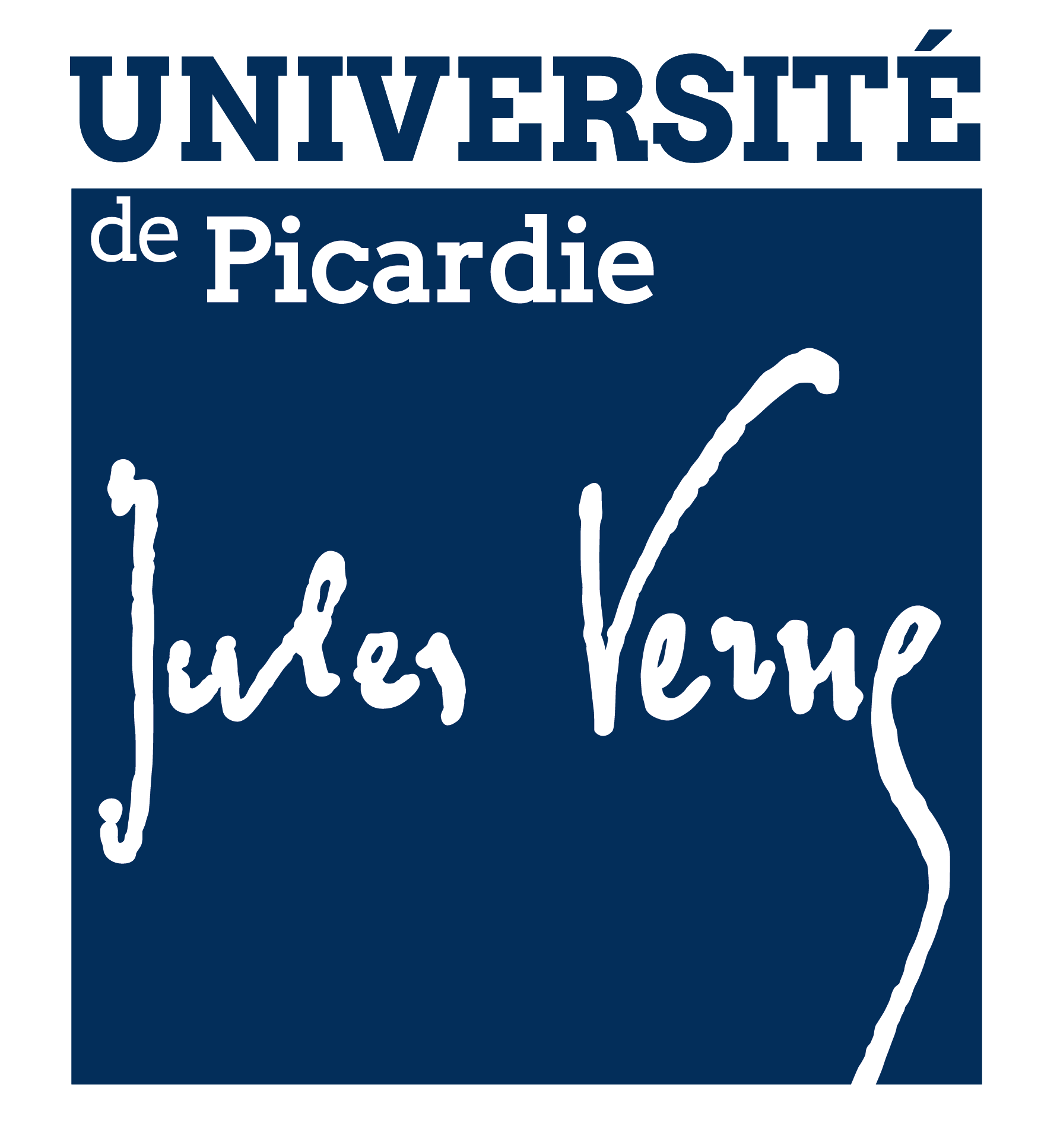-
Bioeconomy
-
Chemistry and Materials
Enzymatic and Cellular Engineering (GEC)
Research unit - UMR-CNRS 7025
The research conducted within the GEC is based on the premise that solutions to major scientific challenges are found in nature. They combine three approaches: the use of bioresources, bioinspiration and biomimicry.
With its internationally recognized expertise in biotechnology, the GEC unit develops various models of varying levels of complexity, to explain the dynamics of biological phenomena and to propose innovative solutions to scientific and societal problems.
The activities of the GEC are thus naturally linked between the exploitation of bioresources and plant metabolism and the creation of bioinspired materials or molecular mimes for recognition.
-
Karsten Haupt
Director
Rue du docteur Schweitzer
60200 COMPIEGNE
Effectif
Effectif total : 37
Personnel de recherche : 24
Personnel d'appui à la recherche : 13
Skills
• Biomimetics
• Plant metabolism
• Biolubricants
• Biofuels
• Antioxidants
• Anticancer
• Antimicrobials
• Antifungals
• Antibiotic resistance
• Study of pathogenic host relationship mechanisms
Example(s) of projects
target="_blank">🡭
• SAMOSS: Improving the development of biosensors in combination with optochemical detection techniques in application areas and through wider dissemination of knowledge
• EraDic: Develop a predictive tool for recurrence in patients with chronic myeloid leukemia after cessation of conventional treatment with first- and second-generation kinase inhibitors
• COALA: elucidate the antifungal mode of action of amphiphilic lipid compounds on rapeseed pathogens.
• XYLESA: isolate specific peptide ligands of lipase secreted in the establishment of diseases associated with Xylella fastidiosa, capable of recognizing it for diagnostic applications and inhibiting its enzymatic activity for phytosanitary applications.
• ANOI aims to determine the identification and classification of oilseed plants of interest and to improve the productivity of oilseed crops of four model plants.
Example(s) of publications
Journal of Plant Physiology, Elsevier, 2022, 274, pp.153730. 🡭
2. Sivanandam Veeramuthu Natarajan, Nicola D’amelio, Victor Muñoz. NMR Relaxation Dispersion Methods for the Structural and Dynamic Analysis of Quickly Interconverting, Low-Populated Conformational Substates Protein Folding, 2376, Springer US, pp.187-203, 2022, Methods in Molecular Biology, 🡭
3.Thomas Verissimo, Anna Faivre, Anna Rinaldi, Maja Lindenmeyer, Vasiliki Delitsikou et al. Decreased Renal Gluconeogenesis Is a Hallmark of Chronic Kidney Disease
Journal of the American Society of Nephrology, American Society of Nephrology, 2022, 🡭
4. Juan Carlos Rubio-Gutierrez, Pablo Mendez-Hernández, yann Guéguen, Pierre Galichon, Marcela Tamayo-Ortiz et al. Overview of Traditional and Environmental Factors Related to Bone Health Environmental Science and Pollution Research, Springer Verlag. 🡭
5. Nébéwia Griffete, Laurent Michot, Carlo Gonzato. An easy synthesis of small, stable and water-compatible superparamagnetic protein-specific molecularly imprinted nanoparticles Polymer, Elsevier, 2022, 239, pp.124446. 🡭
All our publications can be found here : 🡭
Collaborations/Partners/Scientific clients
Collaborations/Partners/Private Clients
Applications sectors
- Biotechnology
- Health / wellness
- Agriculture
- Education / Training
- Cosmetics
- Science / Research
Services provided
Training offers
Consulting services
Biophysical characterization of biomolecules, self-assembly of amphiphilic molecules, biomimetic membranes: liquid and solid NMR, Diffusion of laser beam, molecular dynamics simulations, peptide webserver.
Fermentation: batch and reactors
Discover the detailed equipment list: 🡭
Affiliated institutions / organisations
Regional strategic areas of activity
- Bioeconomy
- Biobased chemistry
- Processes applied to the bioeconomy
- Chemistry and Materials
- Industrial processes engineering, efficient processes
- Recycling of materials and efficient use of material resources
- Textiles, composites, materials


